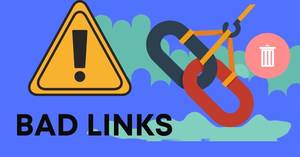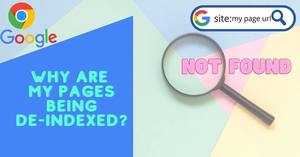With around 2.7 billion active users, to establish your business presence on Facebook, you need to have a successful Facebook marketing strategy.
This article discusses the importance of Facebook and how to define your strategy.
Big and small brands are using Facebook to reach their audience. Social media is a significant part of online strategy now.
Facebook likes and shares are key KPI of customer satisfaction and appreciation, plus helps with your rankings.
However, strategy is often loose, and brands go into social media with unrealistic expectations and seem blinded by their own brand.
The internet is not policed, and people can say what they like. Thus, people can encourage or warn against using your brand.
Facebook has millions of active users worldwide. Internet users spend more time a day on Facebook than Google, Yahoo!, YouTube or Bing.
Your brand must have a presence or risk being outmaneuvered by key competitors.
People trust friends and family when making decisions about products and services, and many people recommend brands that they are a fan of.
This whole process goes on between consumers, and brands can only do their best to make themselves more attractive – the power is in the consumer’s hands.
Here is a strategy to guide brands and define KPIs:
What Are The Main Objectives?
Why are you creating a Facebook page? There are multiple reasons why a brand would wish to run a Facebook campaign:
- Increase brand awareness/ media attention
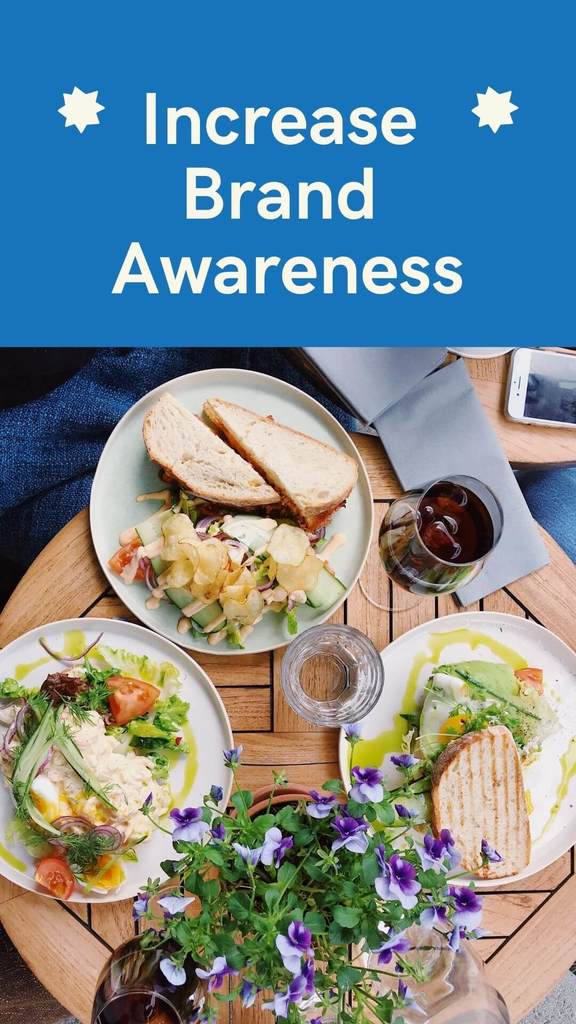
- Close the gap on competitors or gain a competitive advantage over competitors
- Increase sales/revenue
- Drive traffic to your website
- Improve your SEO
- Increase brand “likes.”
- Stimulate engagement
- Build consumer relationships
- Improve brand image
- Form of market research
Your objectives will define future actions and reactions.
What is Success?
Each quarter defines the number of likes and interactions (post views/ post comments) you wish to achieve.
Next to these figures, outline what you will be doing to accomplish this – e.g., post 3 status updates a day/ competitions each month/ build new tabs.
Dive into insights weekly to create reports and analyze figures to be reactive. Look at your most popular posts to feel your fans like
and direct message your most enthusiastic fans with competitions first.
These KPIs should not be standalone but in line with business goals – is Facebook driving revenue? Is customer satisfaction higher because of engagement?
Outline your target demographic and do the research to understand them.
Understand Yourself
Not all types of brands are successful on Facebook. The retail sector generally performs well while luxury hotels don’t.
What Are You Going to Do For The Customer/ Fan?
Describe what the page will be provided to the fan to know how to interact with the page. Detail your USPs,
i.e., will you be supplying deals, tips, news, multimedia etc. Also, be clear about what you expect from your fans, i.e., language etc.
It’s a good practice to post terms of use policy. This all prevents negative sentiment when you remove posts and don’t provide the material the user thought would be there.
Only let fans post comments and don’t allow fans to post on the wall, upload photos or videos – rather have the process to get sent the videos and filter appropriate videos.
Brand Consistency
Ensure branding is cohesive and familiar as this helps you stand out from competitors and lock fans in who are fans of your brand both on and offline.
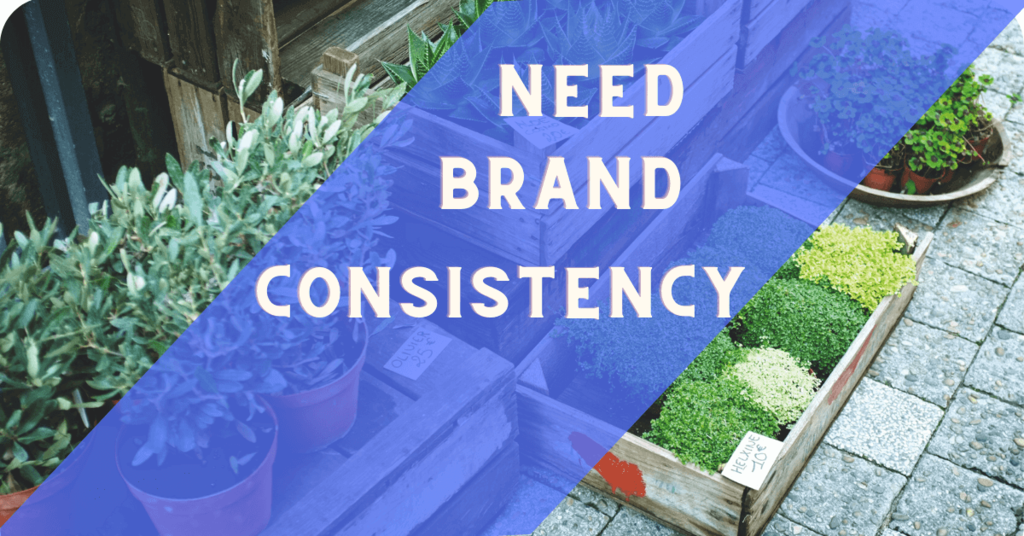
Themes/ tabs and pictures will help you with your brand feel and set your entry point as the tab you feel provides the most potent message/product/call to action.
Up to Date
Very important, ensure your wall is updated frequently with fresh varying content. New visitors want to know the brand is present and existing customers need a reason to stay engaged.
Make sure little content is about your actual product but rather informational or entertaining. Each quarter put together a content calendar and daily checklists.
Be Real
Posts should be written in the first person and informal. If you can get some dialogue between your brand and fans, this creates more profound relationships and brand loyalty.
Get admins to post from personal accounts and upload photos of staff so you can put a face to the name.
Create and get involved in discussions, acknowledge, and respond to comments (even negative ones!).
Thank people for becoming fans, and remember each time a fan comments on a brand Facebook, that interaction is being shared with all their friends.
Strong brand loyalty makes it easier to ask fans to like a wall post, share photos, videos and pages.
A separate tab for competitions, polls, quizzes creates a scenario to invite friends also.
This makes the experience more of a social media than a micro-site experience.
Peer-to-Peer Interactions
Create an environment that encourages fans to interact with each other. Showcase fan contributions, recognize top contributors and create a discussion board.
Social media is an excellent form of market research. Listen to what your customers like, dislike and want and feed this data into future strategies.
Integrated Campaigns
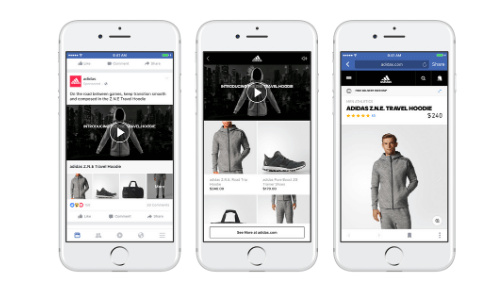
Your social profiles should be consistent, e.g., if you tweet about a quiz, this should also be posted on your wall.
A Solid Call To Action
Remember, the end goal is to convert/ make a sale, so make sure your call to action is intense. The entry page should have this message,
but on your wall, ask fans to like, sign up and purchase products – the latter is the most difficult, don’t be too pushy
but lead to custom tabs to showcase deals, browse products and make the transaction.
ASOS is an excellent example of a brand that has incorporated eCommerce features (Facebook shop) to succeed.
Don’t only give the user a chance to buy but also provide them with the option to share and tweet!
Biggest reasons for failure:
- Not setting KPI’s
- Unrealistic brand perception
- Weak call to actions
- Not updating the page frequently
Tips for engagement:

- Posts with 80 characters or less in length engage the user more – The longer the size of a post, the lesser the fans engage with it.
- Engagement rates are higher for posts that used a full-length URL. Even though URL shorteners help reduce the character count of a status update, they are not legitimate as the user won’t be aware of what the final URL would be when they click on the shortened URL. For this purpose, usage of brand-specific URL shorteners would be a better option
- Brands that posted outside of business have higher engagement rates – Posts that are sent out early morning, at the end of a working day or late at night have higher levels of engagement.
- Fans connect more with ‘Event’ and ‘Winner’ as keywords for a promotion – Fans connect more with words such as ‘Event’, ‘Winner’, ‘Offer’, ‘New’ and ‘Win’.
- Posts with questions at the end get a higher engagement rate – Fans are most likely to give a response to a question when the question is placed in the end rather than at the beginning or in the middle.
- Choice of words – ‘Where’, ‘When’, ‘Would’ and ‘Should’ type of post questions drive the most engagement. While ‘Why’ type of questions get the least ‘Likes’ and comments
Ranking with a site, page or group in Facebook Search
Facebook does use some sort of PageRank to index their pages – with “likes” (links) being a significant part of the algorithm.
Personal profiles, pages, groups and applications are ranked based on how many fans they have related to you, i.e., a similar logic to standard SEO in that related people carry more authority.
Target the correct demographic, so you acquire the right people to show up to their contacts when searching on related topics to you.
The Open Graph
This is the code that you should be adding. For reference look at the page source of any site that has implemented this feature:
<html xmlns:og=”http://opengraphprotocol.org/schema/”
xmlns:fb=”http://www.facebook.com/2008/fbml”>
<head>
<title>Manchester United: The Movie (2011)</title>
<meta property=”og:title” content=”Manchester United: The Movie”/>
<meta property=”og:type” content=”movie”/>
<meta property=”og:url” content=”http://www.manutd.com/“/>
<meta property=”og:image” content=”http://www.manutd.com/oldtrafford.jpg”/>
…
</head>
…
</html>
Adding this also gives you lots of links to your site from Facebook profiles.
Personalization
These elements impact personalization & the way results appear when you’re inside Facebook:
- You Like It
- Your Friend Likes It
- You’re Invited To It
- You’ve Visited It Before
- You List It As An Interest
The AutoComplete Box
Facebook is trying to de-emphasize its main search results, so the Autocomplete box is arguably the most essential place to rank.
What Ranks:
- Your name – Your own profile will automatically rank #1 for the first 2-3 letters in your name.
- Events you are invited to (Even if you don’t RSVP)
- Friend with a keyword in the name
- Second-degree friend (friend of a friend) with the keyword in the title:
- Questions with a keyword in it – In tandem with the number of answers and various personalization elements
- Apps you have used
- Group you have joined
- The page you have liked
- Page relating to your interests
- Page, a friend, likes – In tandem with several friends who like it & total likes
Inside All Results
Getting to the main result page required an additional click. Now, only brand new accounts with no elements of personalization available to Facebook must click through to see suggested results:
In the “All Results” SERP, all Facebook content types battle it out: people, pages, groups, apps, events and web results.
What Ranks:
- People, a.k.a friend or second-degree friend with a keyword in the name
- Pages with keywords in page name in tandem with total likes.
- Posts with keywords in posts (status updates, links shared, etc.)
- Web results, fueled by Bing
Optimization forms
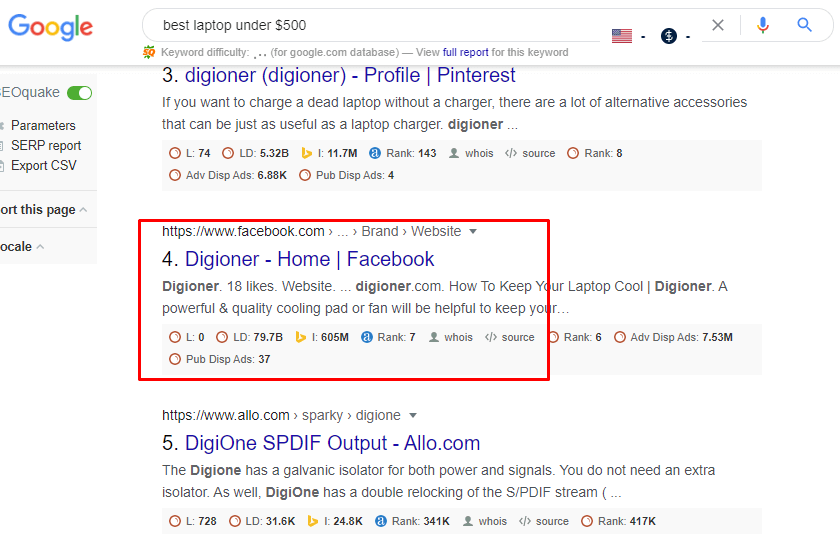
- Facebook pages ranking in the SERPS
- Facebook pages ranking in internal Facebook search engine
SEO tips
Title for Your Facebook Page
Choosing the proper identity on your Facebook Page is crucial. For instance, if your name appears too spammy, people will probably be less likely to talk about it
with their associates on their own page and more likely to conceal your updates from their Facebook feed.
Secondly, don’t give in to the temptation to choose a widespread page title.
URL for Your Facebook Page
Facebook recently provided the flexibility to choose a title for your Facebook Page, just about the most essential SEO option on Facebook to date.
Facebook wants Pages to legitimately stand for the identities of businesses. Brand names with commonly used titles have had their rights suspended previously.
The soundest solution would be to decide on a username that authentically presents your online business or company.
As soon as you select a Facebook username/URL for your Page, it cannot be altered.
Keywords in Facebook Page updates
Of course, writing content for the end-user to make, if possible, think about your SEO. Since everyone that searches on Facebook.
It can show results by ‘everyone’, individual posts you write on your Facebook Page could be crucial for getting found by people searching for something current.
When you’re writing updates, think about the keywords that other people might be looking for to lead them to your Page.
Writing anchor text on your Facebook Page
Link often and to relevant pages. In certain places, Facebook also gives you the option to use anchor text in your links, which is a good practice to adhere to.
You can do this in the ‘notes section of your Page, for example. Here you simply write out the code for anchor text
as you would normally, replacing the content with your own website and desired anchor text:
<a href=”http://www.pijushsaha.com”>Online Marketing Blog</a>
When you publish this, it will appear as anchor text on your wall. Remember to use relevant keywords in the anchor text that relate to the page you’re pointing to.
Off Page Facebook SEO:
Get links to your fan page or any other public pages from relevant, external web sites. That could be your blog or other social profiles as well as author bios

or wherever it makes sense to link to your Facebook Fan page. You can also attract links to your page by attracting more fans/likes.
Each like is a link or vote for your page, so be sure to give them a reason to “like” your content.
Keywords in Facebook photo captions
Even though certain activity within a Facebook page is ‘no follow’ by Google, you should still retain good keywords and linking strategies in all places.
This is often overlooked in the ‘photos’ section of your Page, where it can be tempting to stick it up quickly and share it on your wall.
However, the description is on your photo permanently, so remember to include relevant keywords in the photo description text.
Again bear in mind meeting the needs of the user and the search engine. You’re talking to your fans first and foremost, so include the keywords naturally in the text,
but paying careful attention to those keywords you might want to be found for, both in Facebook and Google search.
Facebook Questions
Be thoughtful about keywords as you title your Facebook Question and the description. The more likes you get for your Question,
the more likely it will show in search results, so make it engaging, descriptive, interactive (add a poll) and promote it to your network.
Bing
Facebook search results for out-of-network web pages are provided by Bing, so inclusion in Bing is a necessity.
You can incorporate the Facebook Open Graph protocol into your website and add a Like button to web pages.
Use the “About” box to Place Key Phrase-Thick Content at the Top of the Page.
One critical SEO approach that needs to be utilized in your Facebook Page whenever achievable is inserting key phrase-thick content as close to the top of the Page as it can be.
Since Facebook restricts exactly where Page managers can place substantial sections of textual content on the Wall of Facebook Pages,
the “About” box basically is the best location in the CSS structure of the page to incorporate custom content.
You will find there’s a 250 character restriction, so choose your words and phrases sensibly.
Use the “Info” Tab to Add Extra Critical Key Phrases, Content, and High Precedence Backlinks on Your Page
Facebook creates an “Info” tab for each Facebook Page, which has fields made up of important illustrative data about the Page.
You must complete all these fields for the reason that they provide the option to add keyword phrases, content, and hyperlinks
that may improve the content material rating within your Facebook Page for many kinds of Google queries.
The specific fields existing could differ based on the type you choose for your Page whenever you create it, so pick out the class which most effectively meets your business needs.
Develop “Static FBML” Boxes and Tabs to Place Lengthy Content Material Plus More Static Backlinks on Your Page
While chances to place substantial blocks of textual content on the default tab of the Facebook Page tend to be quite restricted,
Facebook enables Page managers to set up supplemental boxes or tabs which could carry any type of subject matter,
including text, images, and hyperlinks. Adding content boxes or tabs to your Page could be a terrific way to supercharge the score of your Page.
Get Intra-Facebook Inbound Links by Simply Acquiring More Facebook Supporters
The more fans you get, the more backlinks you will have to your own Page inside of Facebook. For Pages with thousands of supporters, the volume of backlinks mounts up.
Whenever supporters comment or like content in your Facebook Page’s stream, Facebook links their name back to their own Facebook profile page.
Subsequently, once the profile stubs of those supporters who’ve put up feedback and likes on your own Page are listed,
Google will discover more reciprocal links between your Page and your Page’s followers, which it will see to be a much better relationship.
This results in a cycle of enhanced link weight from the listed profile page stubs to your Page.
Allow Public visibility of your Content

Due to the recent problems of Facebook privacy settings, there is still a lot of confusion regarding this.
Remember that if you keep the content you want to share as Public, Facebook can show it to all those who search for it.
Keeping it protected to any particular group will enable visibility of your content to only that specific group.
Likes, Shares and Number of Mutual Friends
If you are planning to rank higher then the Number of Share and the Number of Likes for your Content/Comment (by different people) come into the picture.
The more Likes and Shares, the higher your position will be in Facebook Search rankings. When searching for different Individuals,
the number of Mutual friends is considered as a ranking factor.
The Freshness of The Content Matters The Most.
Suppose you write a Status update containing some keywords and someone else writes a very similar Status update sometime after you write it.
In that case, his/her status update may rank higher for the keywords and not yours. Facebook gives a lot of stress on Real-time (some time difference is always there)
Search Engine results and so you don’t have any scope for error and rest. You must keep updating various data on Facebook which you want to rank in Facebook Search.
Final Thoughts
In Facebook, your followers are permitting you to reach them. You can unbend the limits of your creativity with it’s different types of multimedia content options.
Then, you can see which content people engage with and segment advertising to ensure you’re helping more with Page Insights, So, make the most of the possibilities by following these Successful Facebook Marketing strategies.
